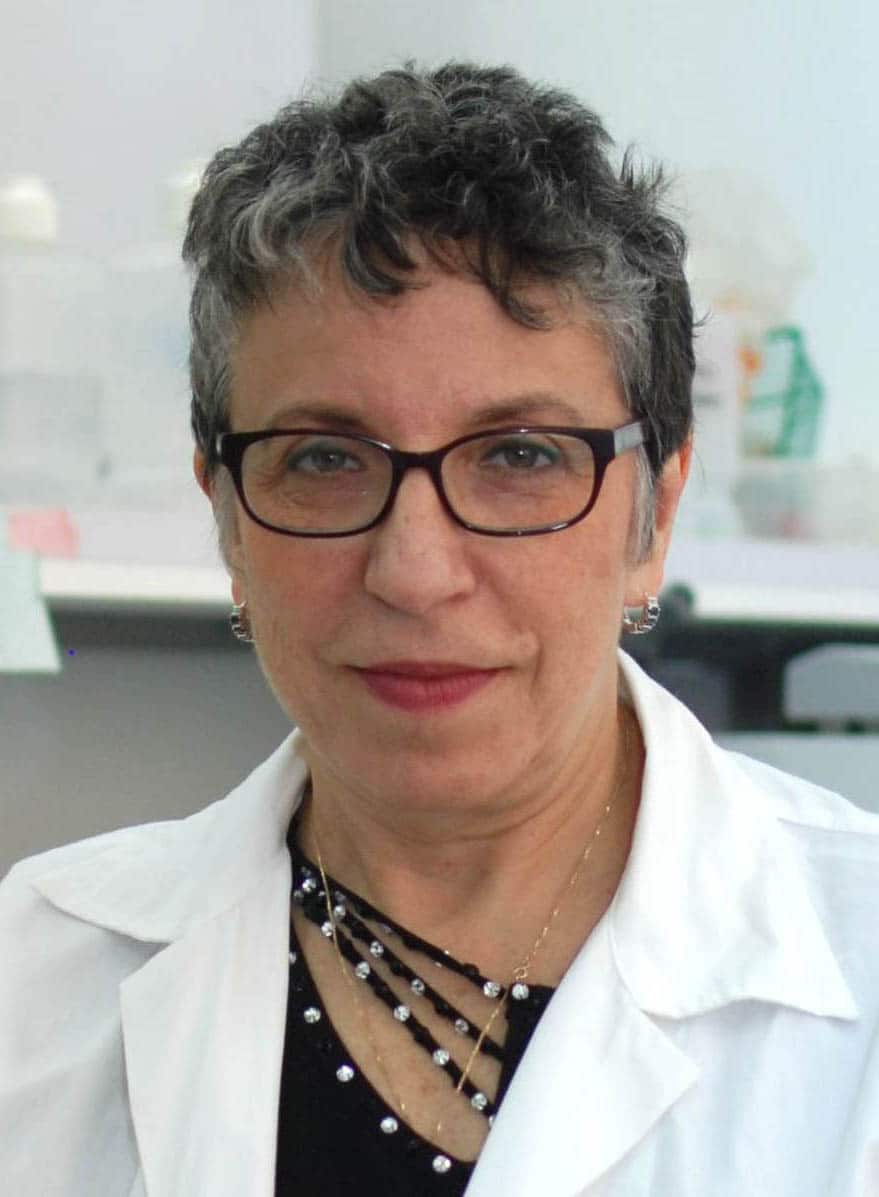
Professor Leah Gheber
Department of Chemistry, Ben-Gurion University of the Negev, Beer-Sheva, Israel
- 11:00
- Room G19 Ground floor, 15 Innovation Walk, Monash University CLAYTON
- Dr Jennifer Zenker
Bi-Directional motility of mitotic kenesin-5 biological nano motors
Abstract
Mitosis is an essential process by which duplicated genetic information is transmitted from mother to daughter cells. Incorrect chromosome segregation during mitosis can lead to genetic diseases, chromosome instability and cancer. This process is mediated by a dynamic microtubule-based intracellular structure, the mitotic spindle. One of the major factors that govern the mitotic spindle dynamics are the kinesin-5 biological nano motors, that were believed to move unidirectionally on the microtubule filaments, using ATP hydrolysis, thus performing essential functions in mitotic spindle dynamics.
Surprisingly, several reports from our and other laboratories have demonstrated that some kinesin-5 motors are bi-directional: they move in minus-end direction on the microtubules as single-molecules and can switch directionality under a number of conditions. These findings broke a twenty-five-years old dogma regarding kinesin directionality. The mechanism of this bi-directional motility and its physiological significance remain unclear.
To address this unresolved problem, we apply an interdisciplinary approach combining live cell imaging, biophysical single molecule, and structural experiments to examine the activity of these motors and their mutated variants in vivo and in vitro. Our data shows that factors such as protein phosphorylation, motor clustering on the microtubules and structural elements regulate the bi-directional motility of kinesin motors. We also show using Cryo-EM, that bi-directional kinesin motors obtain non-canonical microtubule binding whichis essential to their special motile properties and intracellular functions. In the seminar, we will discuss the implication of these findings to the mechanism bi-directional motility and physiological roles in mitosis.
